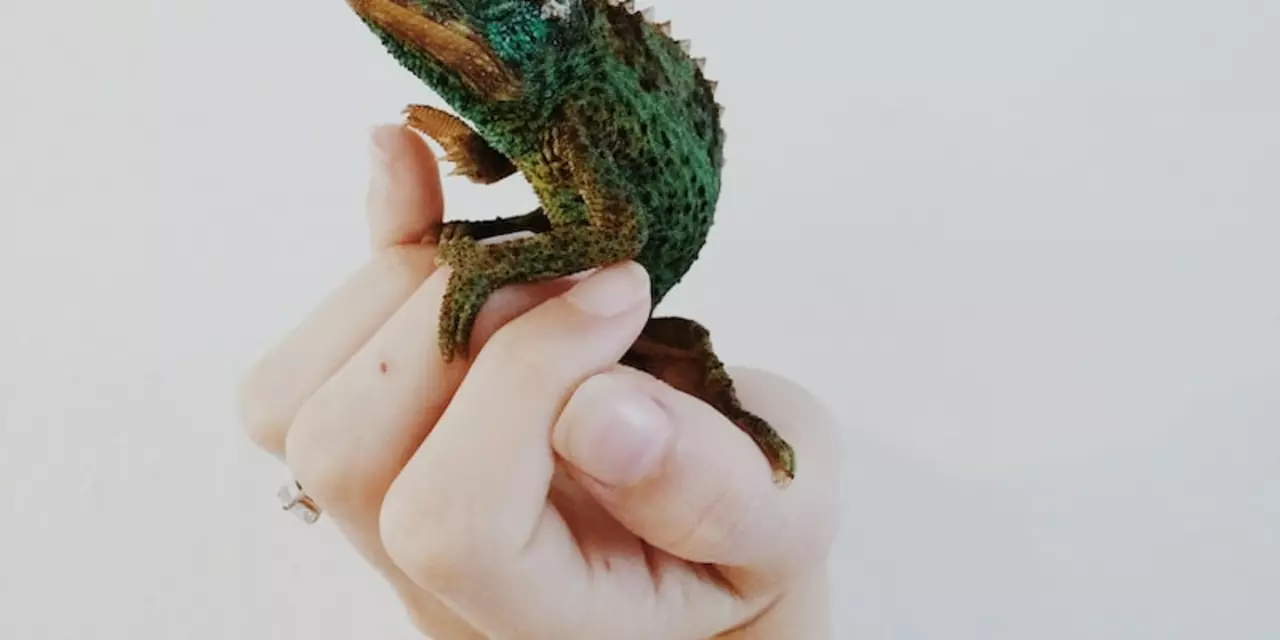Horned viper — quick facts, ID tips and what to do
Horned vipers are a small group of venomous snakes people spot in deserts and rocky areas. Two commonly called "horned vipers" are the Saharan horned viper (Cerastes cerastes) and the nose‑horned viper (Vipera ammodytes). They look different, live in different regions, but both deserve respect. This guide gives clear ID tips, explains typical venom effects, and tells you exactly what to do if you or someone else is bitten.
How to ID a horned viper
Cerastes cerastes lives in North Africa and parts of the Middle East. It often has a small horn above each eye made from a scale. Its body is stout, sandy-colored, and usually 40–60 cm long. It burrows or hides under loose sand and ambushes prey.
Vipera ammodytes, the nose‑horned viper, appears across southern Europe and parts of Turkey. Instead of eye-horns, it has a distinctive upturned scale or "nose horn" at the tip of the snout. It’s stocky, with a zigzag or dark dorsal stripe and usually 60–90 cm max length. Both species have triangular heads and vertical pupils — classic viper features.
Venom, symptoms and immediate actions
Both are venomous. Their venom is mainly cytotoxic/hemotoxic — causing intense pain, swelling, bruising, and sometimes bleeding or clotting problems. Symptoms usually begin within minutes to a few hours and can worsen quickly, so fast action matters.
If bitten: stay calm and keep the victim still. Immobilize the bitten limb at heart level and remove tight clothing or jewelry. Do not cut, suck the wound, or apply a tourniquet. Those actions can make things worse. Call emergency services immediately and get to a hospital that can give antivenom if needed. Take a photo of the snake only if it’s safe to do so; identification helps doctors choose the right antivenom.
At the hospital, treatment focuses on controlling swelling, pain relief, and antivenom when indicated. Even if symptoms seem mild at first, complications can develop, so medical assessment is essential.
For hikers and locals: wear sturdy boots, stay on clear paths, and avoid putting hands or feet into holes, rock crevices, or piles of brush. Use a walking stick to probe ahead when walking in tall grass or rocky ground. At night, use a torch — many vipers are more active at dusk and night.
Conservation note: habitat loss and killing by humans threaten local populations. If you find a horned viper, don’t try to kill it. Report sightings to local wildlife groups when possible; they can monitor populations and help keep people safe.
Knowing what these snakes look like and how they behave reduces risks. Respect their space, follow simple safety rules, and seek prompt medical care if a bite happens — that’s the smartest way to stay safe around horned vipers.
